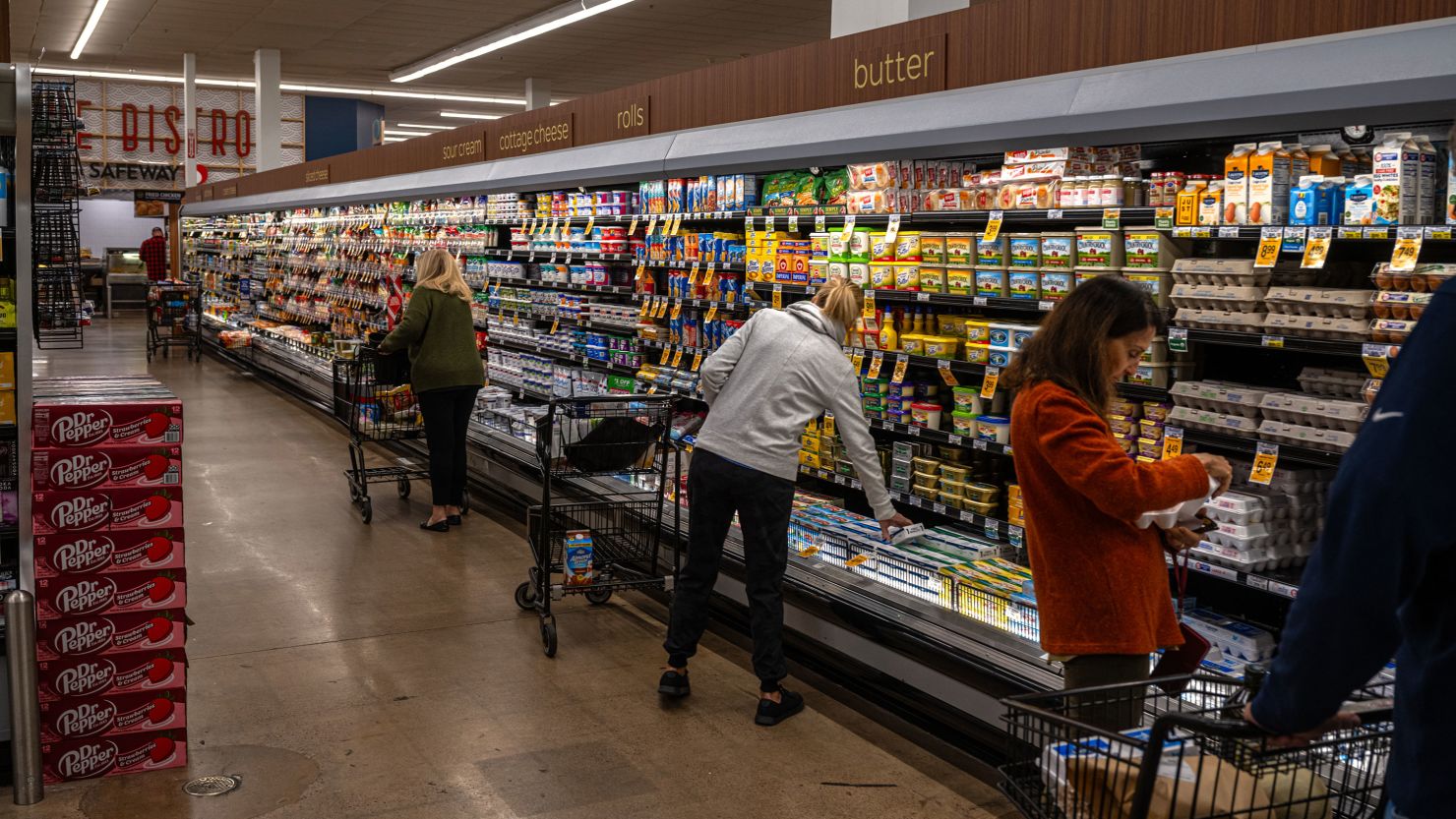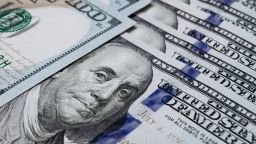Editor’s Note: Dana M. Peterson is chief economist at The Conference Board, a global business think tank headquartered in New York. Erik Lundh is principal economist at The Conference Board. The views expressed in this commentary are their own. View more opinion on CNN.
US consumers are seeing some relief from price increases. Inflation rates have cooled considerably over the last year. But because grocery bills and rent prices are unlikely to return to where they were just a few short years ago, the psychological scars from the war on inflation will linger even though victory is nearing.

To be clear, inflation rates are still running hotter than they should. The Consumer Price Index (CPI) was up 3.2% in February compared to a year earlier, according to the Bureau of Labor Statistics. The Personal Consumption Expenditures (PCE) price index, an alternative inflation reading which the Federal Reserve prefers, recorded a 2.4% inflation rate in January. Both are higher than the Fed would like.

These rates, while elevated, are well below what we saw not long ago, however. In mid-2022, CPI recorded annual inflation rates of around 9% while the PCE reading was around 7%. These marked the highest recorded rates since the early 1980s and were well above more modest pre-pandemic price increases. So, while we’ve made a lot of progress toward curbing inflation, we’re not back to where we need to be quite yet.
But we’re close. The Fed’s 2% target is on the horizon, and The Conference Board forecasts that PCE inflation rates will get there before the end of the year.
Many prices have already stabilized: In January, the cost of clothing and footwear was up just 0.1% from a year earlier, according to the PCE price index, and food and beverage prices were up just 1.4%. Meanwhile, price increases for services are also cooling — albeit more slowly due to a labor shortage in this sector. And we’re seeing some progress on how much we pay to put roofs over our heads, which is typically one of the more stubborn parts of inflation. Price increases for new rentals have been cooling, according to a variety of private sector data, and inflation data are starting to reflect this trend.
US consumers remain unimpressed with this progress, however, because they remember what they were paying for things pre-pandemic. Used car prices are 34% higher, food prices are 26% higher and rent prices are 22% higher than in January 2020, according to our calculations using PCE data.
While these are some of the more extreme examples of recent price increases, the average basket of goods and services that most Americans buy in any given month is 17% more expensive than four years ago. Prior to the pandemic, it took more than 10 years for general price levels to rise that much, according to Conference Board calculations.
Memories fade — but not that fast. Even when inflation rates reach the Fed’s 2% target, it will take time — perhaps as much as several years — for consumers to adjust to the new price paradigm. Inflation is down, in other words, but prices aren’t, and consumers are feeling the latter in their pocketbooks much more than the former.
There is a silver lining to this story. Just as price levels have risen rapidly since the Covid-19 outbreak, so have incomes. According to Bureau of Labor Statistics data, average hourly earnings have risen by 22% since January 2020, more than offsetting the 17% price increases that we’ve seen.
It’s one of the reasons US consumers have remained so resilient. Put another way, “real wages” — or wages after factoring in inflation — are up about 5% since the start of 2020. Even so, this increase in wages isn’t always enough to offset the daily sticker shock most consumers feel at the cash register. This helps explain why consumer confidence hasn’t fully rebounded from the pandemic.
Looking ahead, both price increases and wage growth should cool, but not at the same rate. Incomes should continue to grow faster than general prices and help keep US consumers afloat. This will be key in helping these consumers come to terms with the inflation surge that hit the US economy in the years following the pandemic.




